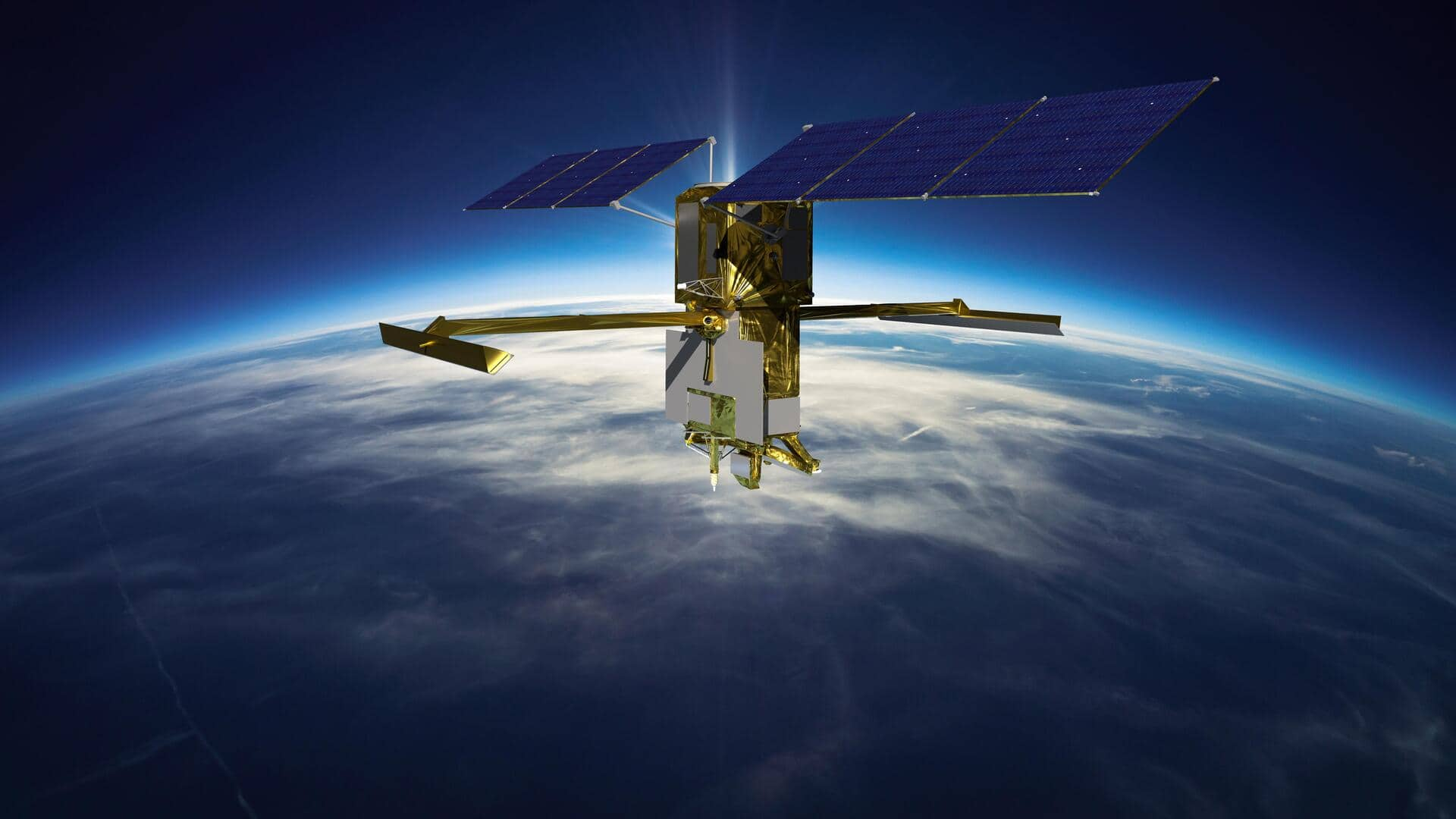
NASA launches satellite to study climate change at Earth's poles
What's the story
NASA has successfully launched a compact satellite from Mahia, northern New Zealand on Saturday to monitor climate change in the polar regions. The satellite, similar in size to a shoebox, was propelled into space by an Electron rocket built by Rocket Lab. This launch is part of the broader PREFIRE mission aimed at enhancing climate change prediction by measuring the heat escaping from Earth's poles.
Heat transfer
Satellite's role in regulating Earth's temperature
The satellite will take infrared measurements from above the Arctic and Antarctic regions to directly measure the heat released into space by the poles. Tristan L'Ecuyer, a mission researcher affiliated with the University of Wisconsin, Madison, explained that this process is critical as it helps balance excess heat received in tropical regions and regulate Earth's temperature. He further stated that this heat transfer from tropical to polar regions drives global weather patterns.
Climate research
PREFIRE mission's impact on climate change prediction
NASA's PREFIRE mission aims to understand how factors such as clouds, humidity, or ice melting into water influence the heat loss from the poles. Until now, climate change scientists have relied on theoretical models rather than real observations to estimate heat loss. L'Ecuyer expressed hope that these new observations would improve our ability to simulate future sea level rise and understand how polar climate change will affect global weather systems.
Satellite significance
The role of small satellites in NASA's research
Karen St. Germain, NASA's earth sciences research director, emphasized the cost-effectiveness of small satellites like this one in answering specific scientific questions. She described larger satellites as "generalists" and smaller ones as "specialists," adding that "NASA needs both." Rocket Lab, the company behind the Electron rocket used for this launch, is also planning to launch a similar satellite in the future.